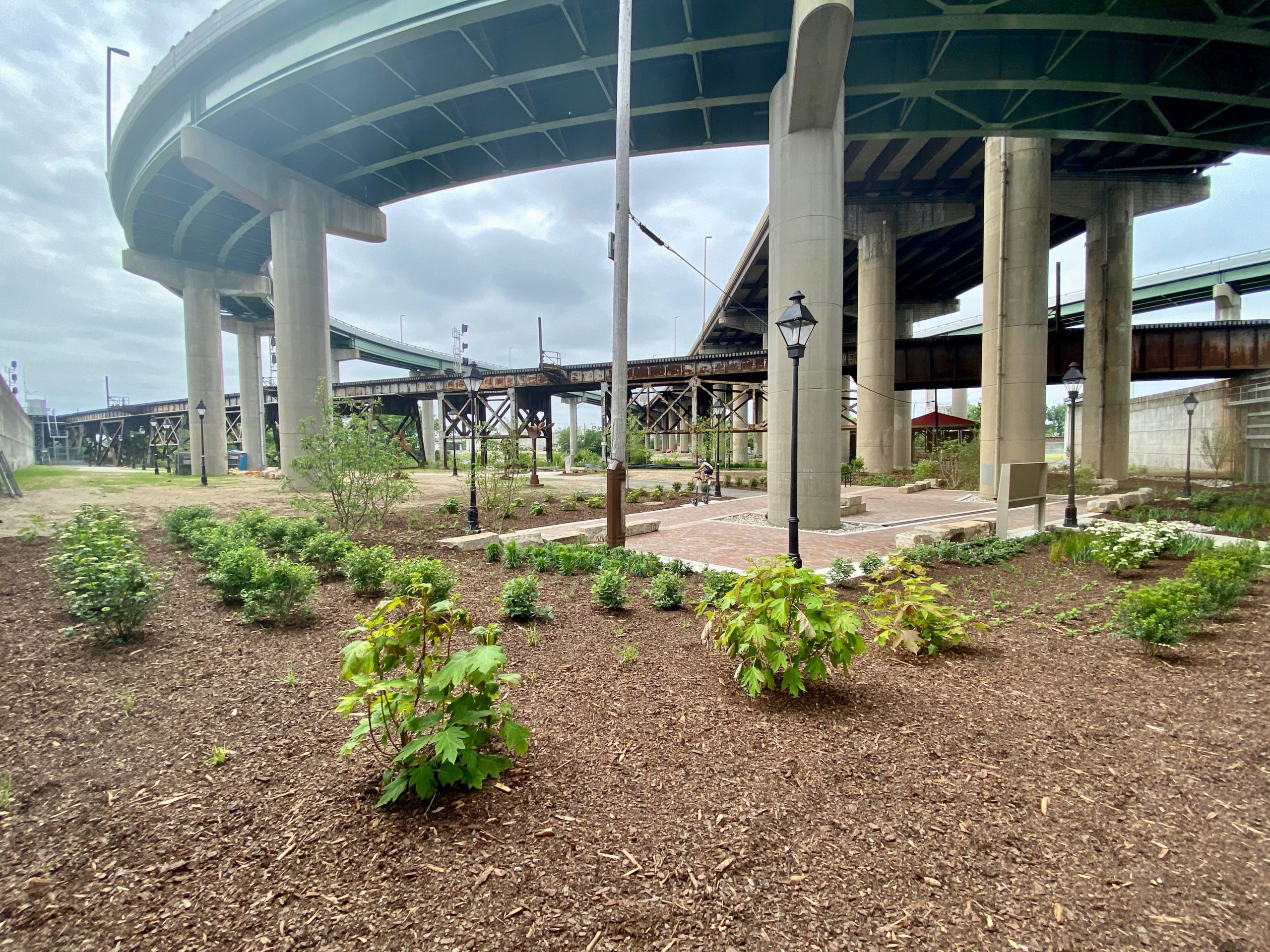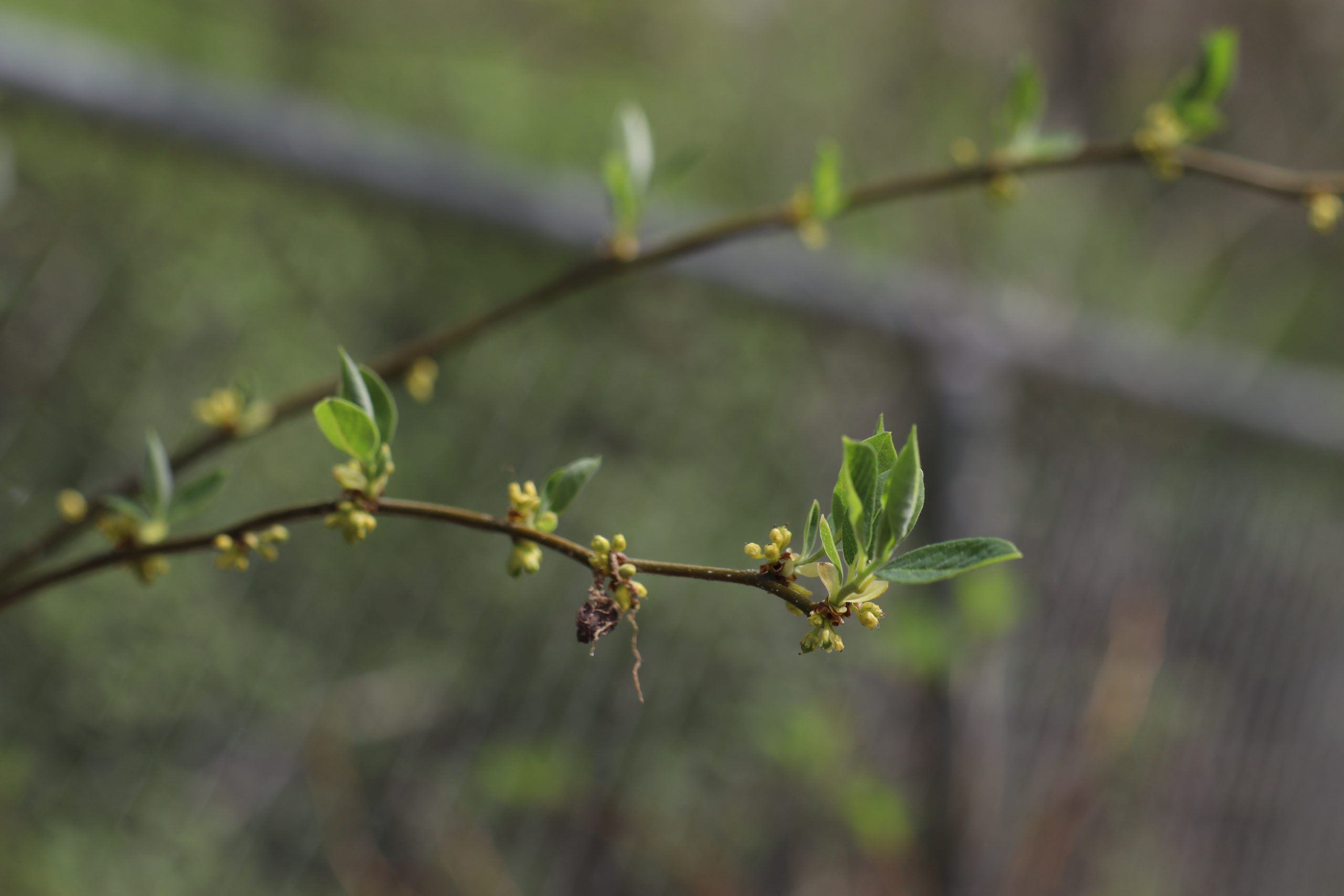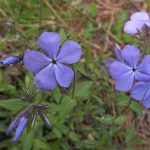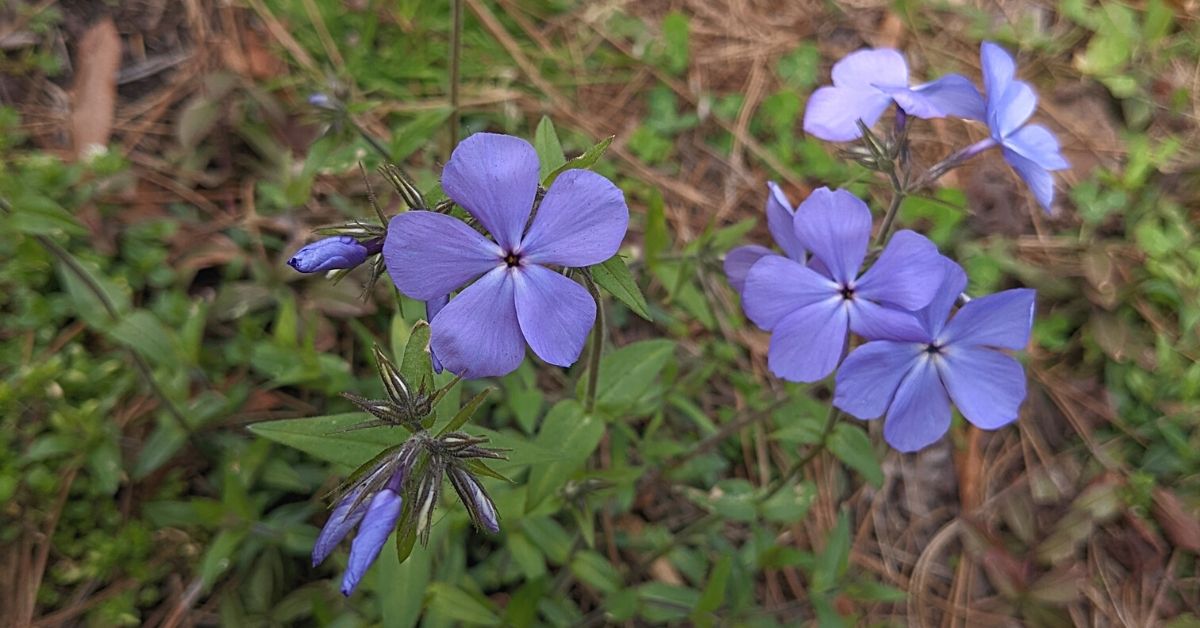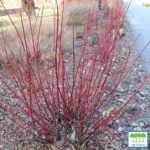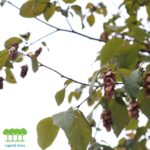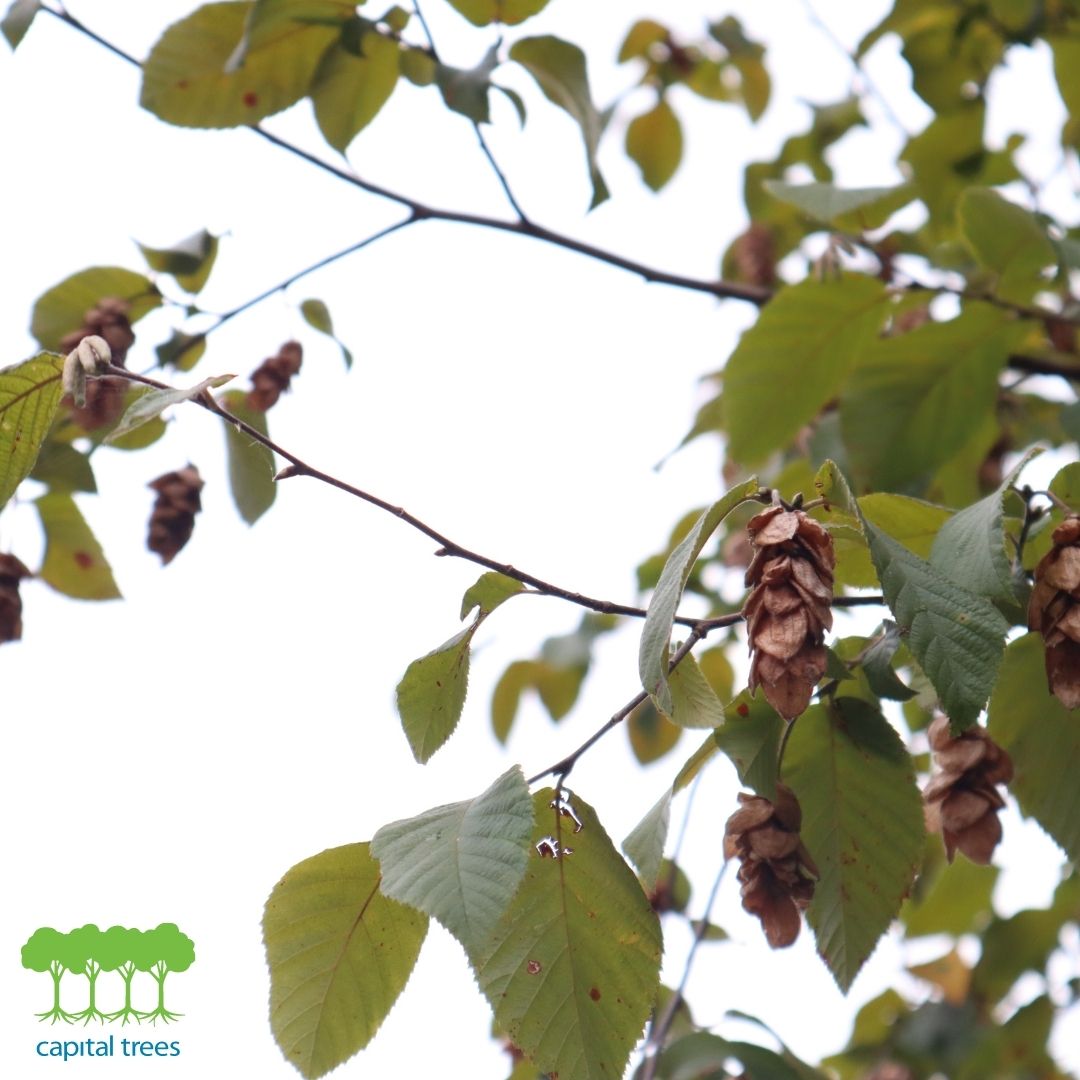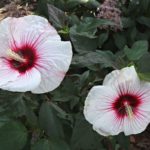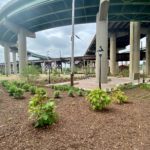
Welcome!
Capital Trees is launching a blog on the sustainable management of public landscapes. The blog will include familiar topics previously found in our news section such as plant of the month. We will move all our news announcements including newsletter archives to a NEWS link. There you will be able to keep up with our ongoing projects and programs.
This new blog will provide regular posts highlighting different elements of sustainably managing public landscapes including:
- Garden features (plants,

